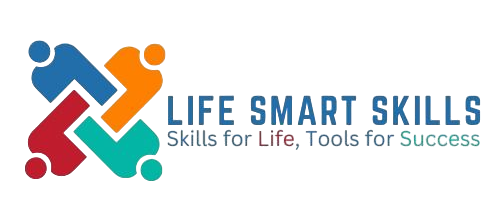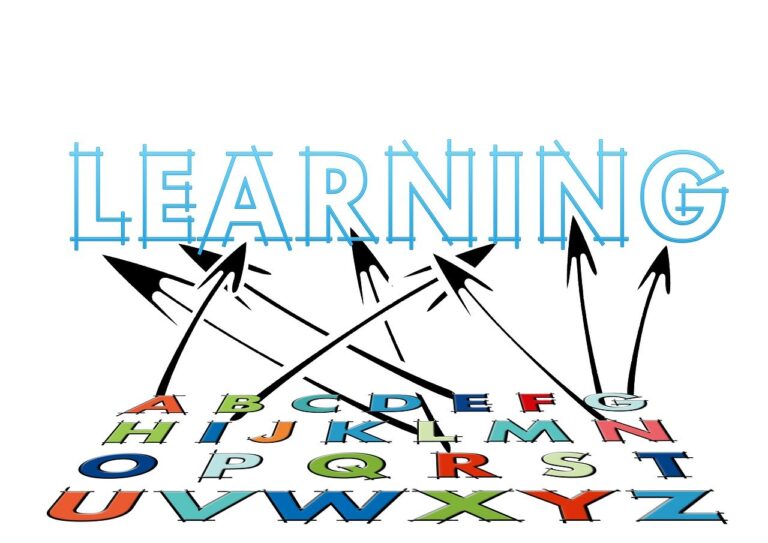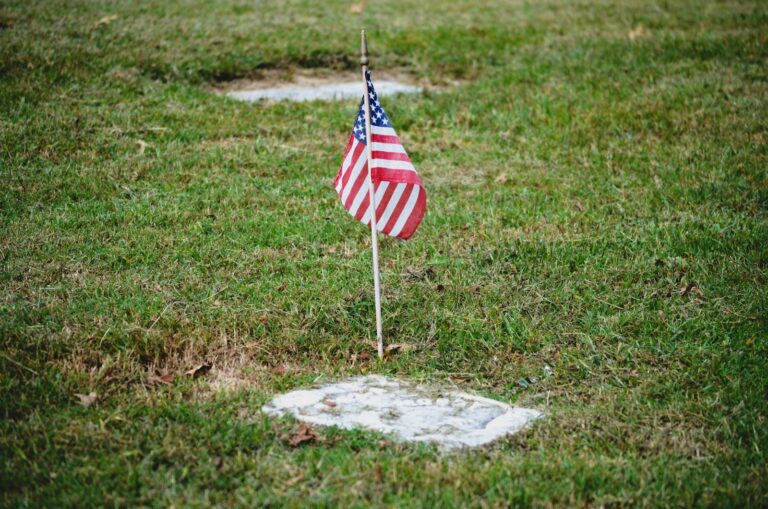From Burnout to Balance: What American Work Culture Can Teach Us About Resilience
Learn how to build resilience at work through valuable lessons from American work culture that can help you thrive even in challenging professional environments.
Table of Contents
Introduction
In today’s fast-paced professional landscape, burnout has become an epidemic. According to the American Psychological Association, nearly 3 in 5 employees reported negative impacts of work-related stress in 2023. Yet paradoxically, American work culture—often criticized for its intensity—has developed remarkable mechanisms for building resilience at work.
This resilience isn’t about simply enduring pressure but transforming how we respond to workplace challenges. The American professional experience offers valuable lessons on balancing ambition with well-being, providing insights that professionals worldwide can apply to their own work lives.
As global workplaces evolve post-pandemic, understanding these resilience-building strategies has never been more crucial for maintaining both productivity and psychological health.
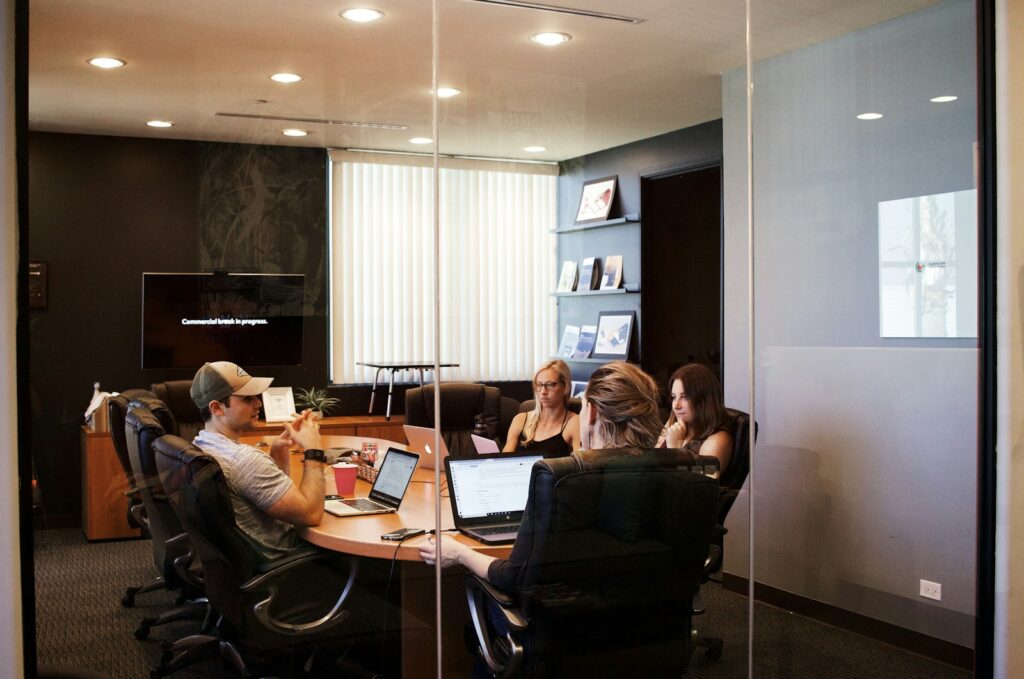
The Double-Edged Sword of American Work Culture
American work culture has long been characterized by its ambitious drive, entrepreneurial spirit, and productivity focus. However, this same culture has also produced some of the most innovative approaches to workplace resilience.
While the “hustle culture” narrative remains prevalent, a countercurrent of workplace wellness and balance advocacy has emerged, particularly in the wake of the Great Resignation. This evolution represents a response to the recognition that sustainable performance requires sustainable well-being.
According to Dr. Emma Seppälä, Science Director of Stanford University’s Center for Compassion and Altruism Research, “The most successful professionals understand that resilience at work isn’t about pushing through exhaustion, but about creating systems that prevent burnout in the first place.”
Key Resilience Lessons from American Professionals
Establishing Healthy Boundaries
One of the most valuable resilience lessons from American work culture is the growing emphasis on boundary-setting. This practice represents a shift from the “always available” mentality toward more sustainable engagement with work.
Effective boundary-setting includes:
- Clearly communicating availability hours to colleagues and clients
- Using technology tools to manage notifications and work communications
- Creating physical and psychological separation between work and personal spaces
- Practicing assertive communication about workload capacity
A Harvard Business Review study found that professionals who establish clear boundaries report 23% higher job satisfaction and 22% lower burnout rates. This demonstrates how boundary-setting directly contributes to resilience at work.
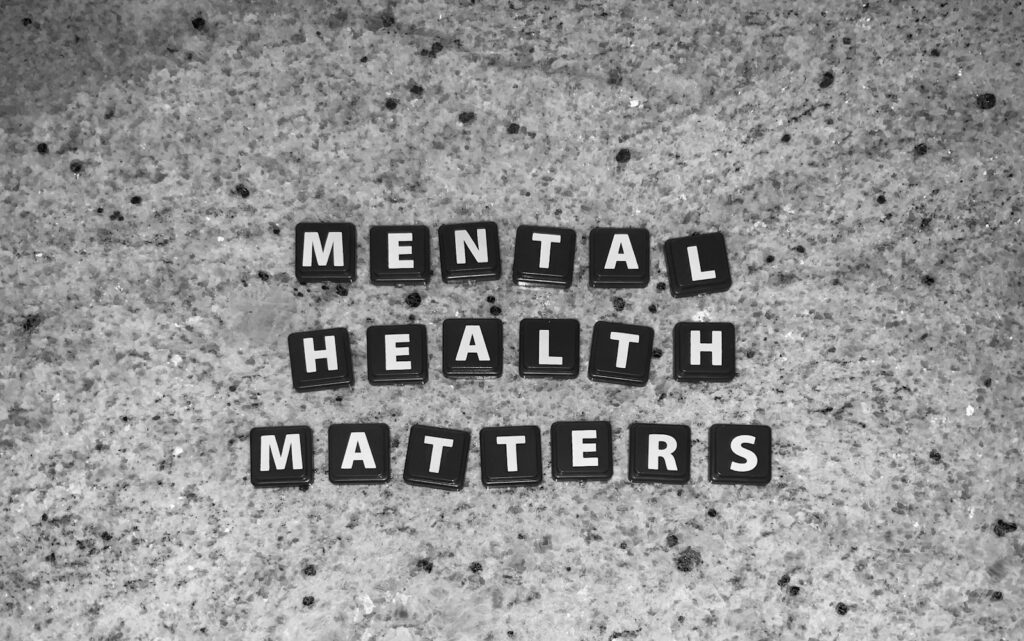
Prioritizing Mental Health and Self-Care
American workplaces are increasingly recognizing mental health as essential to professional performance. This shift has normalized conversations about psychological well-being and promoted self-care as a productivity strategy rather than an indulgence.
Practical self-care approaches include:
- Regular physical activity during the workday
- Mindfulness practices integrated into daily schedules
- Strategic use of vacation time for complete disconnection
- Utilizing mental health benefits provided by employers
“The ability to maintain resilience at work depends significantly on how we care for our mental and physical resources,” explains Dr. Michael Thompson, occupational psychologist and author of “The Pressure Principle.”
Embracing Adaptability and Innovation
Another cornerstone of workplace resilience in American culture is cultivating adaptability—the capacity to pivot in response to changing circumstances without becoming overwhelmed.
American companies often encourage:
- Ongoing skill development and learning opportunities
- Cross-functional collaboration to broaden perspective
- Process improvement initiatives that welcome employee input
- Psychological safety that allows for calculated risk-taking
The technology sector exemplifies this approach through practices like “fail fast” methodologies that normalize setbacks as learning opportunities, thereby building collective resilience at work.
Building Supportive Networks
Perhaps the most underrated aspect of American workplace resilience is the emphasis on professional relationship-building. Strong workplace connections create support systems that buffer against stress and provide resources during challenging periods.

Effective networking practices include:
- Developing authentic mentorship relationships
- Participating in industry communities beyond one’s organization
- Creating informal peer support groups within companies
- Engaging in meaningful collaborative projects
Research from the Mayo Clinic suggests that strong workplace social connections can increase resilience at work by up to 40% through both emotional support and practical problem-solving assistance.
Implementing Resilience Strategies in Your Daily Work Life
Building resilience at work requires intentional practice. Here’s a pragmatic roadmap for implementing these American-inspired resilience strategies:
- Conduct a boundary audit: Review where work creeps into personal time and create specific intervention plans.
- Establish micro-recovery practices: Identify three 5-minute activities that help you reset during the workday (deep breathing, brief walks, stretching).
- Create a skills development plan: Map out learning opportunities that will increase your adaptability in your industry.
- Design your support network: Identify specific individuals who can provide different types of support (technical advice, emotional encouragement, career guidance).
- Implement a “resilience at work” routine: Combine physical activity, mindfulness, and connection into a daily practice that takes no more than 30 minutes total.
The effectiveness of these strategies comes from their integration into daily habits rather than treating them as additional tasks. As we discuss in our Work-Life Integration Guide at www.lifesmartskills.com, sustainable resilience comes from systems, not willpower.

Common Misconceptions About Resilience at Work
Several myths about workplace resilience can undermine effective practice:
Myth 1: Resilience means never feeling stressed Reality: Resilience at work isn’t about eliminating stress but developing effective recovery systems. The American Psychological Association defines resilience as “adapting well in the face of adversity,” not avoiding adversity altogether.
Myth 2: Resilient people don’t need support Reality: The most resilient professionals actively cultivate support networks and aren’t afraid to leverage them when needed.
Myth 3: Resilience is innate, not learned Reality: Research from the University of Pennsylvania’s Positive Psychology Center shows that resilience comprises specific skills that can be developed through deliberate practice.
Myth 4: Building resilience requires major life changes Reality: The most effective resilience practices are small, consistent habits integrated into existing routines.
Understanding these misconceptions helps create realistic expectations about developing resilience at work, making sustainable progress more likely.
Conclusion
The journey from burnout to balance isn’t about escaping work’s demands but transforming our relationship with them. American work culture, despite its intensities, offers valuable lessons in building resilience at work through boundary-setting, self-care prioritization, adaptability cultivation, and network development.
By implementing these strategies—even in small ways—professionals can develop sustainable practices that enable them to thrive regardless of workplace pressures. Resilience at work isn’t just about surviving difficult periods; it’s about creating systems that allow for consistent growth and fulfillment.
The most powerful lesson from American workplace evolution may be that resilience isn’t an individual responsibility but a collective practice. When organizations and individuals equally commit to sustainable performance practices, everyone benefits.
What resilience strategies have worked best for you? Share your experiences in the comments below, and join our community of professionals committed to balancing achievement with well-being.
About the Author: This article was written by the LifeSmartSkills team, dedicated to helping professionals thrive through evidence-based personal development strategies.
